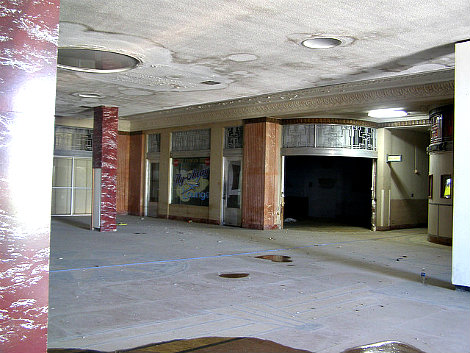

“We can’t just keep building higher levees, because we will end up living behind 10-meter walls,” he said. The floods “were a wake-up call to give back to the rivers some of the room we had taken,” as Harold van Waveren, a senior government adviser, recently explained. Dutch thinking changed after floods forced hundreds of thousands to evacuate during the 1990s. The Netherlands effectively occupies the gutter of Europe, a lowlands bounded on one end by the North Sea, into which immense rivers like the Rhine and the Meuse flow from Germany, Belgium and France. The project is among dozens in a nationwide program, years in the making, called Room for the River, which overturned centuries-old strategies of seizing territory from rivers and canals to build dams and dikes. “You can say we are marketing our expertise, but thousands of people die every year because of rising water, and the world is failing collectively to deal with the crisis, losing money and lives.” He ticks off the latest findings: 2016 was the warmest year on record global sea levels rose to new highs. “That’s what we’re trying to do,” he said. Dutch consultants advising the Bangladeshi authorities about emergency shelters and evacuation routes recently helped reduce the numbers of deaths suffered in recent floods to “hundreds instead of thousands,” according to Mr. This is the message the Dutch have been taking out into the world.

Climate adaptation, if addressed head-on and properly, ought to yield a stronger, richer state.

Environmental and social resilience should go hand in hand, officials here believe, improving neighborhoods, spreading equity and taming water during catastrophes. But in the end, neither will provide adequate defense, the Dutch say.Īnd what holds true for managing climate change applies to the social fabric, too. You may wish to pretend that rising seas are a hoax perpetrated by scientists and a gullible news media. The Dutch devise lakes, garages, parks and plazas that are a boon to daily life but also double as enormous reservoirs for when the seas and rivers spill over. It is, in essence, to let water in, where possible, not hope to subdue Mother Nature: to live with the water, rather than struggle to defeat it. Now climate change brings the prospect of rising tides and fiercer storms. Much of the nation sits below sea level and is gradually sinking. No place in Europe is under greater threat than this waterlogged country on the edge of the Continent. That’s because from the first moment settlers in this small nation started pumping water to clear land for farms and houses, water has been the central, existential fact of life in the Netherlands, a daily matter of survival and national identity. They often end up hiring Dutch firms, which dominate the global market in high-tech engineering and water management. Month in, month out, delegations from as far away as Jakarta, Ho Chi Minh City, New York and New Orleans make the rounds in the port city of Rotterdam. Like cheese in France or cars in Germany, climate change is a business in the Netherlands. Ovink is the country’s globe-trotting salesman in chief for Dutch expertise on rising water and climate change. deck, one eye on the boats, the other, as usual, on his phone. Henk Ovink, hawkish, wiry, head shaved, watched from a V.I.P. Rowers strained toward a finish line and spectators hugged the shore. “Every second I was in there I was about to kill it, let’s get out of here, but we just kept going further and further until we eventually saw everything,” says Kennedy.ROTTERDAM, the Netherlands - The wind over the canal stirred up whitecaps and rattled cafe umbrellas. The shelter was used during Hurricane Betsy in 1965 and since then has been abandoned for almost 40 years. He says the Office of Civil Defense built the shelter in the 1960s during the height of the Cold War.

“They built this underground to hold almost 300 people, and the idea was you could take shelter there if you had enough warning, survive a bomb blast and actually run New Orleans from this shelter,” says University of New Orleans history department chair Robert Dupont.ĭupont calls the Lakeview bomb shelter a “reflection of the times.” But old photographs from city archives paint a much different picture. The twists and turns in Kennedy’s video showcase an underground world far removed from our own. “We thought other people might want to see this, so that’s why we recorded it,” says Kennedy. LAKEVIEW (WGNO) – New Orleans adventurer Mike Kennedy and his two friends explored the abandoned bomb shelter in Lakeview back in 2006. Please look at the time stamp on the story to see when it was last updated. This is an archived article and the information in the article may be outdated.


 0 kommentar(er)
0 kommentar(er)
